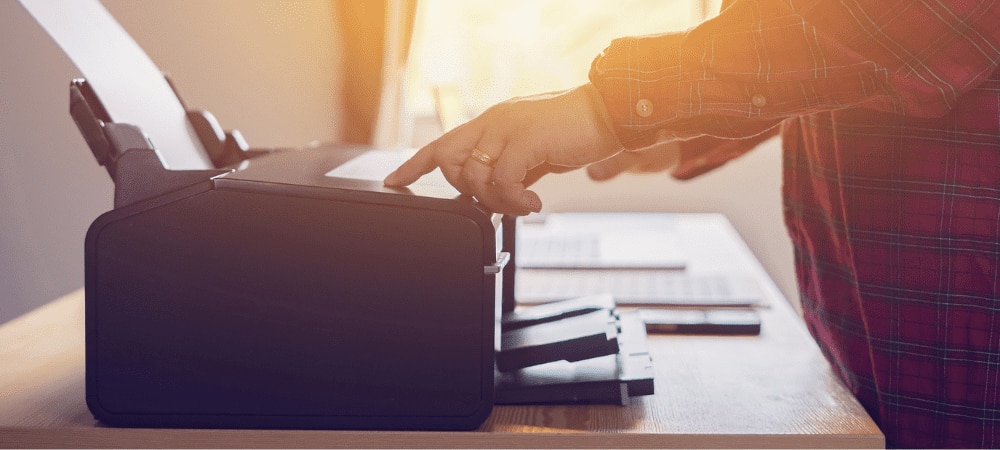3D Printing
A technique for producing three-dimensional (3D) objects from two-dimensional layers of materials
3D Design Program
A piece of software that provides an interface for rendering 3D objects virtually and can convert 3D renderings into a set of instructions that can be implemented by a 3D printer to produce a 3D printed object
Additive Manufacturing
A method for producing products by adding layers of material
Build Plate
A fundamental layer on which materials are deposited to begin an additive manufacturing process
Computer-Aided Design (CAD)
A software system for producing digital models of physical objects and layers
Extruder
A mechanical part of a 3D printer that injects materials onto a surface to produce an additive layer of substrate
Filament
The source material used by a 3D printer to generate a 3D object. The filament may be shaped like a wire.
Fill
The connective body of material within a 3D object that provides structural support
Flow
The movement of the filament into the extruder or the disposal of materials from the extruder onto the build surface
Fused Deposition Modeling (FDM)
An additive process for manufacturing in which molten materials are deposited onto a build surface and allowed to cure into a solid layer of substrate
Fused Filament Fabrication (FFF)
FFF is an additive process for manufacturing that uses molten materials. FFF is synonymous with FDM.
Layer
A fundamental unit of substrate in an additive manufacturing process. Each layer is formed through a closed, continuous extrusion of materials and is represented virtually in CAD as a 2D dimensional slice of a 3D object.
Layer Height
The thickness of a layer of extruded material. Reducing the layer height improves the quality of a 3D printed object but also increases the time required to build the object. Typical layer heights for FDM 3D printers are from 0.1 to 0.3 millimeters.
Minimal Layer Time
The curing time required for extruded materials to form a solid substrate
Motor
A three-axis driving system for controlling the location of the extruder relative to the build surface
Nozzle
A part of the extruder though which materials are released onto a build surface. The nozzle may be constructed out of brass or steel.
Resolution
The unit-dimension adjustment of the extruder on a build surface. The resolution controls the size of features that the 3D printer can produce and can affect the quality of a completed 3D object.
Slicer
A software program that converts a 3D model into a composite of 2D models. Each 2D model corresponds to a layer of extruded material that a 3D printer will produce in the additive manufacturing process.
- 3D Printing Milestones: This type of printing has grown from early stereolithography for producing table veneers to complex methods for building surgical implants.
- Increasing 3D Printing Speeds: A large-scale 3D printer can produce parts at industry-record times and is projected to be useful in rapid prototyping.
- 3D Printing and the Economy: According to leading experts, 3D printing could transform how goods are manufactured and acquired across major economies.
- 3D Printing in Live Biological Tissue: Using a novel printing technique, scientists are making organ building blocks viable for repairing damaged tissue using 3D printed vascular networks.
- 3D Printing Biological Materials: These printers can also produce biomaterials, such as scaffolds on which to grow cells.
- Effects of Mass Ownership of 3D Printers: Decreasing prices of 3D printers allow the general public to manufacturing more products themselves.
- Reducing Greenhouse Gas Emissions: The process used by 3D printers to manufacture items releases less carbon dioxide into the environment than several current methods of production.
- Improving Electronics Using 3D Printing: Scientists have used 3D printed parts to construct a capacitor with excellent energy storage capacity.
- Building Artificial Intelligence Machines With 3D Printing: Additive manufacturing techniques used in 3D printing may enable the construction of complex, intelligent systems, such as a human brain.
- 3D Printing Tiny Homes: Using additive manufacturing techniques, architects are designing homes that can be constructed by 3D printers.
- Printing Your First 3D Printing Project: This guide provides information on the tools needed to begin a 3D printing project.
- 3D Printing Projects: Many items can be produced via additive manufacturing, as described on this page.
- Applications for Additive Manufacturing Techniques: Both 3D printing and 4D printing techniques can be used in making food, large-scale items, human tissue, and a variety of other things.
- 3D Printing Process: Starting with a 3D model, printer software slices the model into 2D slices for printing.
- 3D Printing Techniques and Implementation: This page describes the additive manufacturing techniques used to form 3D printed objects.
- Steps in 3D Printing: Here is a description of the 3D printing process from producing a 3D model to removing a completed project.
- Trends in 3D Printing: Although it's an established technology, recent developments in 3D printers are leading to expanding adoption and increased global market share.
- Printing With SketchUp: SketchUp is a popular program for preparing files for 3D printing, and this link provides a guide for using it in 3D printing.
- 3D Printing With Glass: New additive manufacturing techniques allow scientists to produce 3D printed objects using glass.
- Innovations in 3D Printing: This page details developments in 3D printing that are affecting the food, retail, and aviation sectors.
- Stereolithographic (SLA) 3D Printing: Stereolithographic 3D printers use lasers to dry liquid extrusions into solid substrates.
- History and Applications of SLA 3D Printing: This page provides a summary of the history and applications of SLA 3D printing.
- SLS 3D Printing: SLS 3D printing involves releasing a powder onto a surface and then using a laser to melt and cure the powder into a solid layer.
- Fused Filament Fabrication (FFF) 3D Printing: In FFF 3D printing, liquid extrusions are laid on a surface to dry, forming a new layer.
- Fused Deposition Molding (FDM) 3D Printer Buyers Guide: FDM 3D printers are common choices for personal use.




















